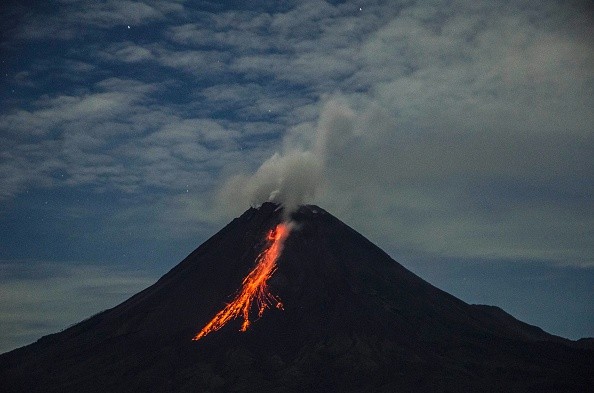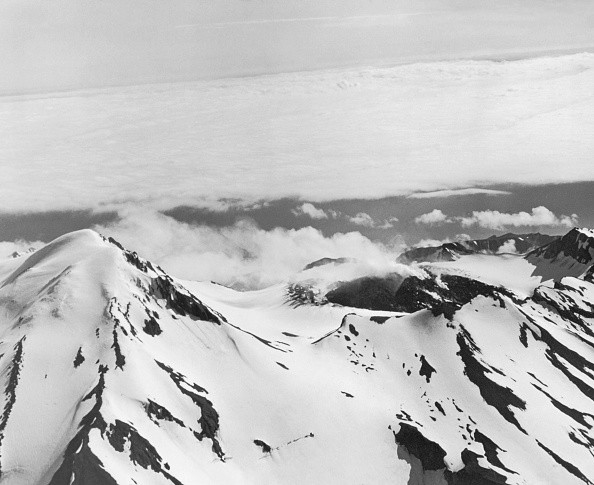Previously, the USGS had four volcanoes on Orange / Watch status, but now there are six. Six of the USGS's 161 active volcanoes are of major concern, including the Great Sitkin volcano, Pavlof, Semisopochnoi and Kilauea, as well as Sheveluch, Ebeko, and Karymsky.

Volcanoes on Orange / Watch Status
More than 160 potentially active volcanoes are monitored by the USGS in the United States, most of which are located in Alaska, according to Weather Boy.
There are more than 130 volcanoes and volcanic areas in Alaska that have been active during the past 2 million years.
AVO also investigates the 50 that have been active since the mid-17th century. According to the United States Geological Survey (USGS), there are around two dozen active volcanoes all over the world at any given time.
The United States Geological Survey (USGS) and volcanic observatories issue Aviation Codes and Volcanic Activity Alert Levels in the United States.
Aviation Codes
Green, yellow, orange, and red are the four aviation codes.
An unassigned volcano is simply one that does not have adequate ground-based equipment to prove that it is in the normal range of activity. Yellow indicates that a volcano is showing symptoms of increased unrest beyond the normal level of activity associated with a non-eruptive state.
Volcanoes become orange when they show signs of increasing or growing instability due to the greater likelihood of eruption.
A red color indicates that a large eruption is impending or that an eruption is already taking place, resulting in considerable emission of volcanic ash into the sky.
Volcanic Activity Alert Levels
Volcanic Activity Alert levels could be normal, advisory, watch, or warning.
A lack of information is simply designated as "unassigned" in the same way as aviation codes are labeled as such.
Volcanoes are deemed normal if they are not erupting at any point in time. An alert is issued if the volcano shows indicators of increased disturbance over the baseline level.
In the event of an impending, potentially lethal eruption, a warning will be given if a volcano's disturbance becomes more pronounced or worsens.
Great Sitkin Volcano
The Andreanof Islands group in the middle Aleutian Islands contains the Great Sitkin Volcano, a basaltic andesite volcano that dominates the northern part of Great Sitkin Island.
Just 26 miles east of Adak, which is 1,192 miles southwest of Anchorage, lies the town of Kodiak It has a composite structure that includes an older dissected volcano and a newer parasitic cone, according to the AVO, with a 1.85-mile crater.
The crater's center is occupied by a steep-sided lava dome that was erected after an eruption in 1974. The Glacier Creek valley on the southwest side was partly filled by pyroclastic flows that erupted here in the last 280 years.

Alaska's Pavlof Volcano
Alaska's Pavlof Volcano is on the southwestern edge of the Alaskan Peninsula, slightly over 600 miles southwest of Anchorage.
Near the peak, the volcano has active vents on both the north and east flanks. With over 40 past eruptions, the Aleutian Arc's volcano is one of the most continually active, according to USGS data.
Officials in Hawaii are working on an evacuation plan for the Big Island of Hawaii, even though it is now at a Yellow/ Watch status.
Related Article : USGS Monitoring Fresh Volcanic Activity in 6 Volcanoes Across US
For more news, updates about volcanoes and similar topics don't forget to follow Nature World News!
© 2025 NatureWorldNews.com All rights reserved. Do not reproduce without permission.





